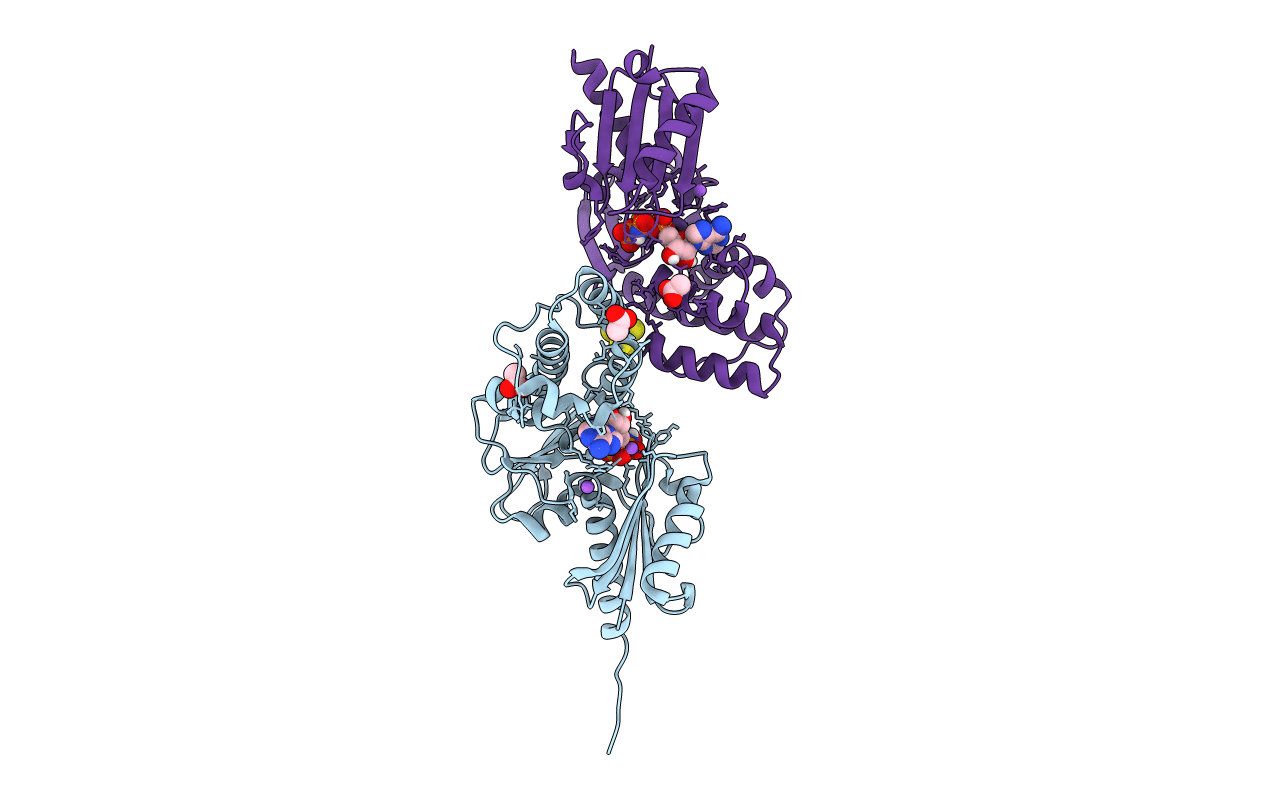
Deposition Date
2012-04-04
Release Date
2012-08-08
Last Version Date
2023-09-13
Entry Detail
PDB ID:
4EHU
Keywords:
Title:
Activator of the 2-Hydroxyisocaproyl-CoA Dehydratase from Clostridium difficile with bound ADPNP
Biological Source:
Source Organism:
Clostridium difficile (Taxon ID: 1496)
Host Organism:
Method Details:
Experimental Method:
Resolution:
1.60 Å
R-Value Free:
0.19
R-Value Work:
0.17
R-Value Observed:
0.17
Space Group:
C 1 2 1


